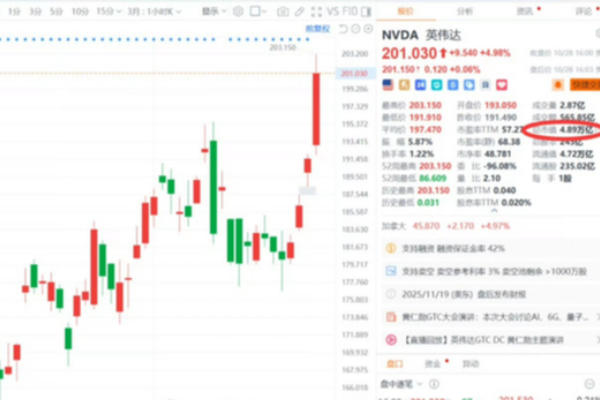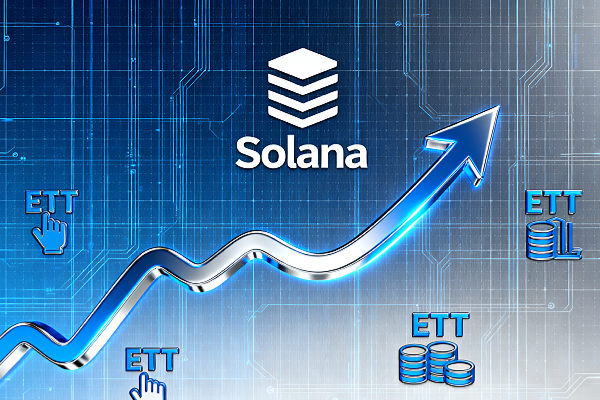Tether issues $1 billion in new USDT on Tron network, narrowing the gap with Ethereum again

The Tron network is closing the gap with Ethereum in Tether (USDT) circulation after the U.S. stablecoin issuer added a large amount of new coins.
According to Arkham Intelligence data, Tether issued an additional $1 billion in USDT on the Tron network on May 5. This brings the total amount of USDT on the Tron network to $71.4 billion, according to Tether's transparency report.
In comparison, the Ethereum network currently has $72.8 billion in USDT in circulation. This means that the Tron network only needs to add another $1.4 billion in USDT to regain its position as the dominant network of the world's largest stablecoin issuer, as it has for most of the past two years.
According to CryptoQuant data, the Tron network's USDT circulation once exceeded Ethereum between July 2022 and November 2024, but the Ethereum network later issued an additional $18 billion in USDT in one go to regain its lead.
Solana is the third largest USDT network with $1.9 billion in circulation. In addition, networks such as TON, Avalanche, Aptos, Near, Celo and Cosmos also have a small amount of USDT in circulation.
Since the beginning of the year, Tether's total USDT circulation has increased by 8.6% and currently hit an all-time high of $149.4 billion. According to CoinGecko data, this gives the company a 61% dominant position in the stablecoin market.
Its closest competitor Circle has a USDC circulation of nearly $62 billion and a market share of 25%.
Stablecoin issuance has surged in the past six months and currently accounts for 8% of the total cryptocurrency market value.
In a report at the end of April, the U.S. Treasury Department predicted that if regulatory clarity can be achieved, the stablecoin market size could reach $2 trillion by 2028.
Stablecoin legislation is about to usher in the next round of voting
It is generally believed in the industry that the United States needs to pass two key pieces of legislation to consolidate the status of stablecoins.
The United States Stablecoin Guidance and Establishment of National Innovation Act (GENIUS Act) sets a clear definition for "payment stablecoins" and establishes reserve rules for stablecoin issuers.
The U.S. Senate will reportedly vote on the GENIUS stablecoin bill by May 26.
Meanwhile, the Stablecoin Transparency and Accountability for a Better Ledger Economy Act (STABLE Act), which governs the approval and oversight of "federal qualified non-bank payment stablecoin issuers," is also being considered by Congress.
Tether plans to launch a U.S.-based stablecoin later this year, depending on the passage of the relevant bill.









